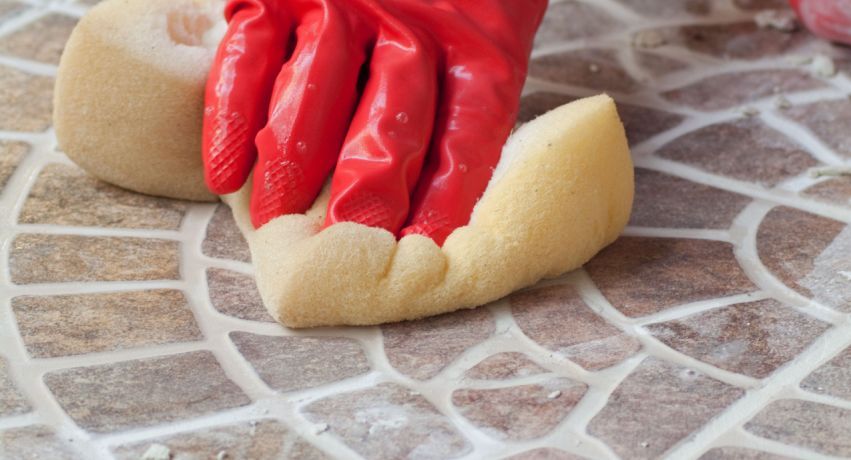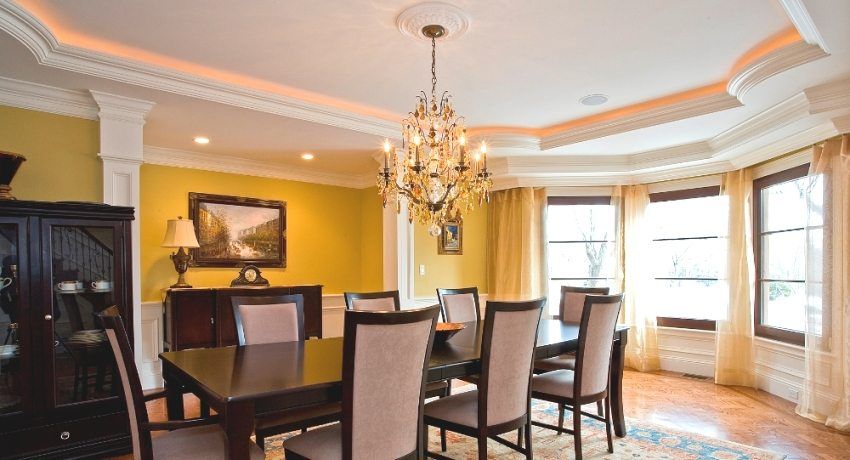The main area in the children’s room is occupied by beds. As children grow up, there is a shortage of free space in the room. To solve this problem will help bunk bed do it yourself. There are many models of designs that are selected based on the age of the children, the dimensions of the room and personal preferences. More information about the types of bunk beds and options for their self-production can be in this article.
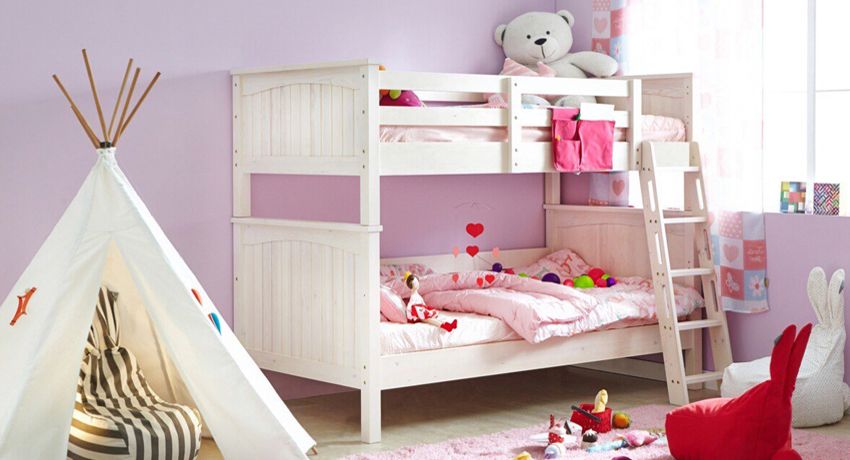
Optimum bunk bed sizes
When designing a bunk bed made of wood or metal, special attention should be paid to the strength and stability of the structure. Here it is necessary not only to create comfortable sleeping places, but also to properly organize a ladder for ascent to the second floor. At the initial stage of the design it is required to think about where the staircase will be located. Next, the calculation of beds and calculates the distance between tiers. These values are determined in such a way as to guarantee further convenient operation of the structure.
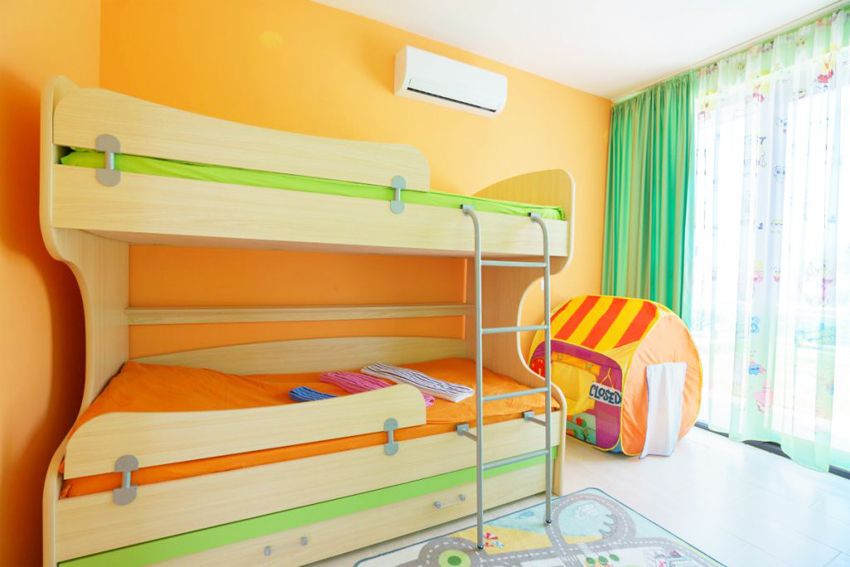
The distance from the lower tier to the level of the floor is chosen from the calculation that allows you to provide a comfortable sitting adult. The niche that will be formed under the lower tier can be filled with drawers for linen or other things. The distance between the beds in height should make it possible to sit comfortably in an adult. This requirement is fulfilled not only for the convenience of the parents, but also for the safety of the child sleeping on the lower tier, who should not hit his head on the upper bed when jumping.
Do not place the upper tier too high. It will be dangerous for a sleeping child. He will also feel uncomfortable, because in a too warm room upstairs he will be very stuffy.
The optimal bed sizes are the following: 160×70 cm and 180×80 cm. The recommended construction height is 160-180 cm. The sides of the second tier must be at least 35 cm tall, depending on the thickness of the mattress. The most acceptable dimensions for a staircase are 39 cm wide, 150 cm high, and 25 cm between the steps.
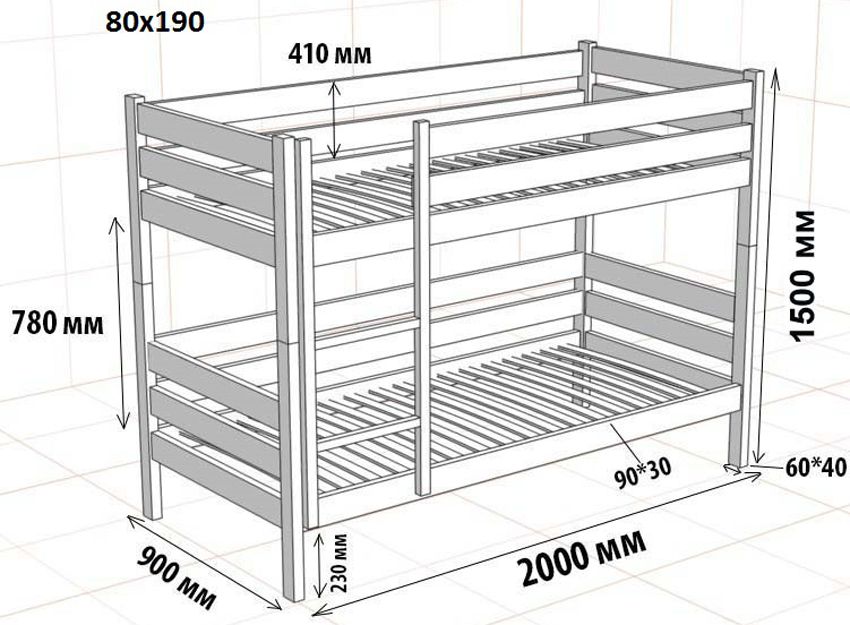
Option 2-storey bed is selected depending on the destination, the age of children and their personal preferences. On the lower tier, the younger child usually sleeps, and his older brother or sister takes the top place. The bunk construction can also be used for one child. In this case, the sleep zone is located at the top. Under it is space for games, activities, or organized convenient storage system.
There are the following types of two-level beds:
- traditional model;
- bed with sofa;
- design with departing tier;
- bed attic type.
Traditional wooden bunk bed do it yourself is the simplest design that can be performed by any craftsman with minimal woodworking skills. For this model, you need a small amount of component materials. Such design can be combined or integral. In the first case, the upper bed when it is installed on the floor turns into a regular bed.
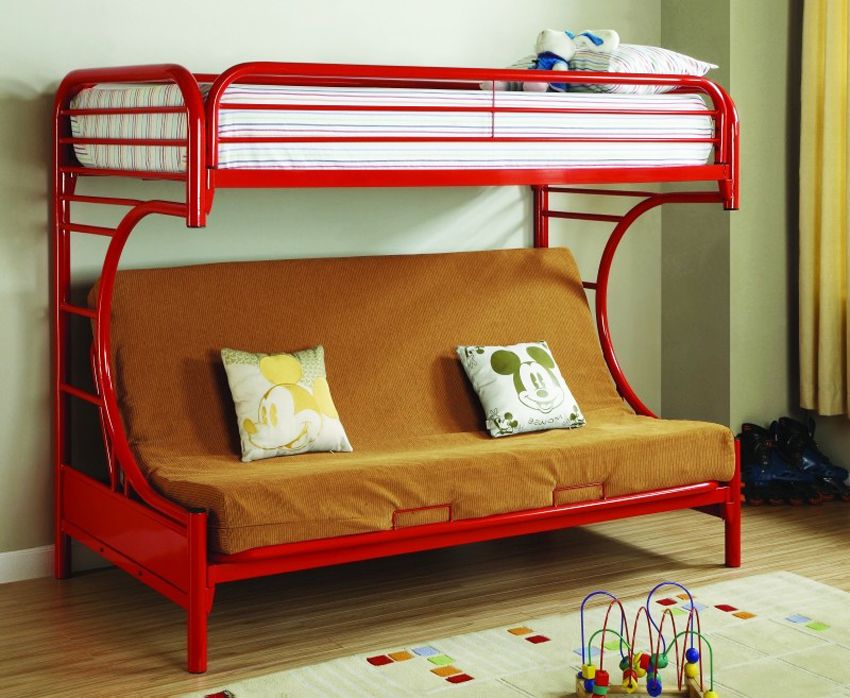
The second type of a bunk bed is represented by a design with a folding sofa in its lower part. This is a very convenient and unusual model, which allows you to organize a comfortable seating area and a place for receiving guests, which is done with a soft back. In this case, you do not need to additionally purchase chairs in the room.
Helpful advice! Unisexual children can sleep on a folding sofa, and on the top floor – the eldest child.
Attic-type bed is convenient for a small room. The design consists of a berth, which is located on the upper tier, and a working area located under it. There can be provided a retractable desk, bedside tables and cabinets. Also, the lower space can be left free, having equipped there a zone for games.
For a large family, where four or more children live, it is possible to organize a two-tier package consisting of two or more identical sections. Despite the fact that for this design will require much more material, sleeping places can be carefully arranged along one of the walls of the room, thereby saving free space.
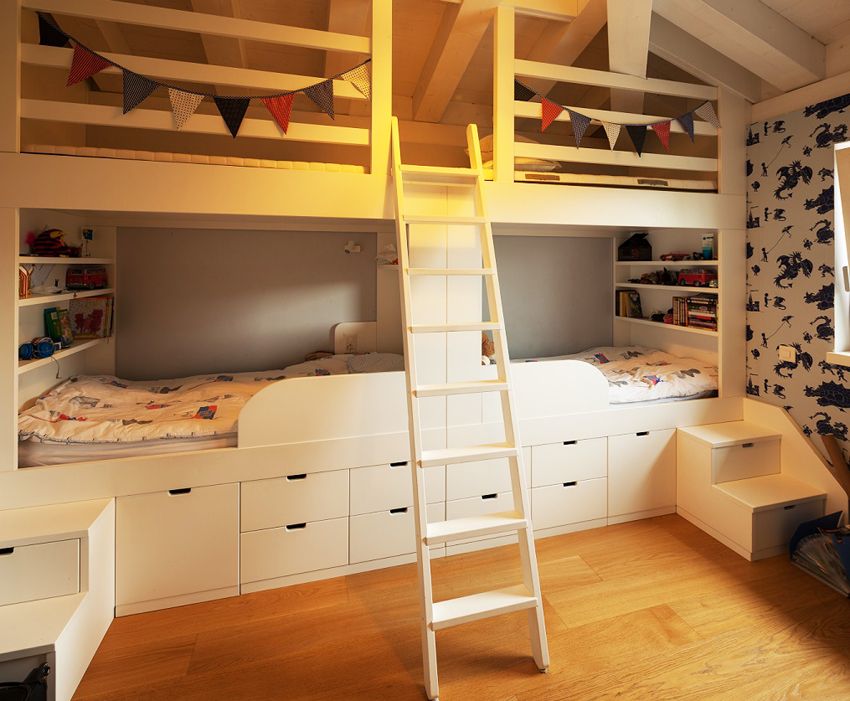
The design with the moving-forward tier can be presented in several options. The sliding bunk beds of chipboard with their own hands tiers securely fastened together. At such a transforming bed, the lower tier with a berth extends forward, right or left. This structure is 60-80 cm high. The product can be a traditional two-level model with a ladder, in which another berth is put under the lower bed.
Roll-out model has separate beds. The lower tier is not attached to the upper one, so it can be rolled out and installed anywhere in the room. The result is two separate beds.
The most functional is the option of beds with drawers, which are located under the lower tier. Such a model is successfully embodied in roll-out structures. An interesting kind is a sliding double bed, in which the sleeping place is hidden in a niche during the day, and is put forward for later use in the evening.
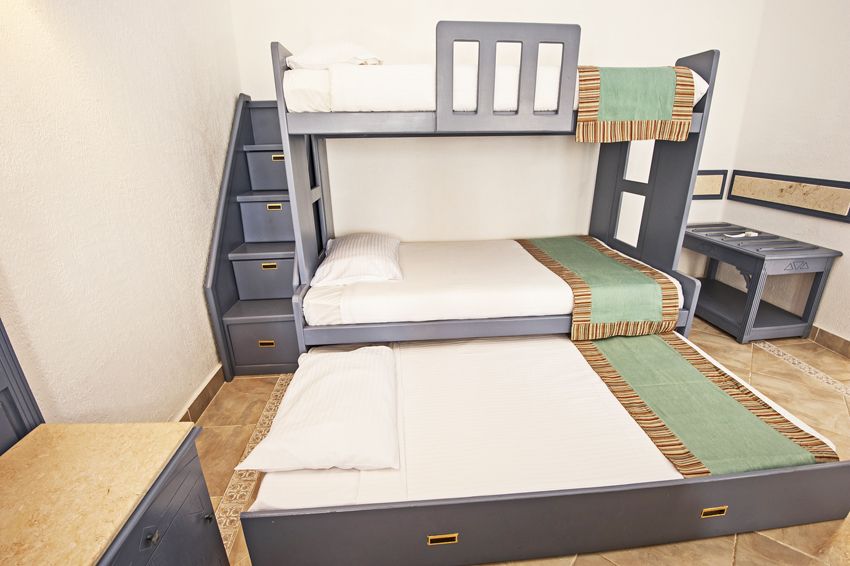
There is the most compact option when two pull-out beds are located under the upper bed. In the unfolded form, this design resembles steps. Such a model will significantly save usable space that can be used for games during the day. In addition, the cost of this triple bed will be much lower than the total amount spent on the purchase of individual stationary options.
Helpful advice! For the lower tier, it is recommended to purchase a thick mattress for full insulation of the bed.
The model with the catwalk from which the beds are being pulled out looks original and unusual. The podium can become a specific area of the room where you can organize a place to play or study. At the base it is recommended to place lockers for toys, linen and other things. However, this design should be installed in rooms with high ceilings.
Another newfangled option is a growing room bed, in which beds can be transformed, increasing in length. This feature of the model is used as the child grows up.
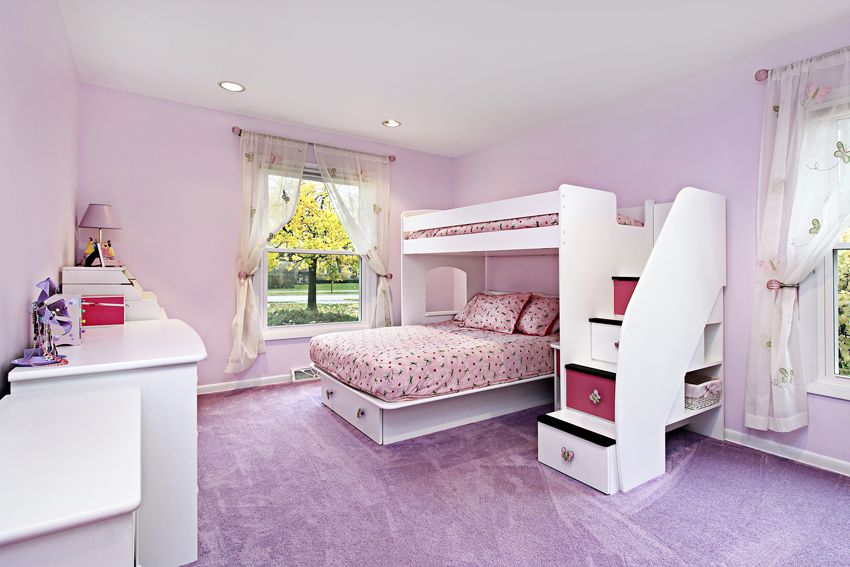
Natural wood, metal or wood-containing materials can be used to make the bed. The most durable of all the options is metal. For the manufacture of beds can be used longitudinal thin-walled pipes, round steel or wire from brass, iron, galvanized metal or carbon steel.
The finished products have an aesthetic appearance and are able to withstand a lot of weight. The disadvantages of the material include the labor-intensive manufacturing process, which requires the use of a welding machine, and the high cost of construction.
Solid wood is difficult to process and expensive material. Working with him, you must have good skills in working with wood, so as not to spoil the product. However, as a result, a bunk bed made of solid wood is solid, reliable, durable and presentable.

Often, planed or edged boards are used for the manufacture of structures, since this is the most economical and easiest to implement. With proper design, such a design can withstand even an adult.
Important! To create a durable and stable construction, it is important to acquire a well-dried board that does not deform afterwards.
The affordable option is MDF. Bunk beds from this material turn out beautiful and durable. However, the product from MDF can break under the influence of large loads. This material is advisable to use for beds intended for small children, and you can also make backrests, drawers, shelves or decorative panels from it. For the same purpose is suitable chipboard, which also does not have a large carrying capacity.
Important! In the case of using chipboard to create a bed or bed frame, a sufficient number of support elements should be provided.
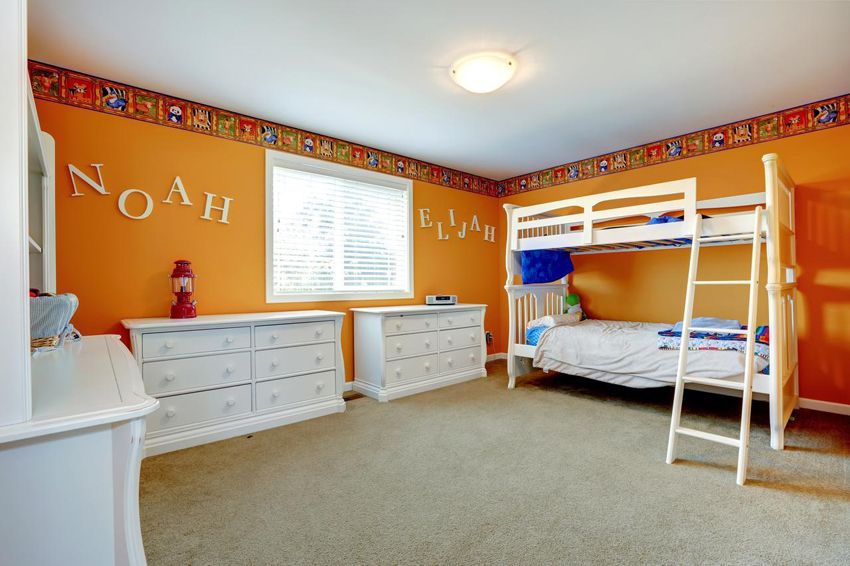
Durable, durable and reliable material is a furniture board. It is represented by a slab that is glued together from different bars of natural wood. It is an ideal material for the manufacture of bunk beds, because it has a large carrying capacity. When working with the stove should be aware that it has an internal voltage.
In the manufacture of bunk beds due attention should be paid to the sides and stairs. These elements are designed to ensure the necessary safety of the child. There are several options for stairs, which is displayed on the photo of bunk beds with your own hands. Flat vertical design is mounted on one side of the facade. At the same time, it plays the role of a protective rim for the lower tier. This staircase is devoid of railings, so it is not safe for a small child. More suitable for children 5-6 years.
A flat inclined or forward curved structure can be installed on the side of the bed or in front of its front wall. The element is equipped with a safe railing and has flat steps that are comfortable and safe for the child. This option can be used for children of any age.
The ladder with steps from drawers is multipurpose and convenient in operation. This design is most often used for loft beds, because it requires considerable space. Its recommended length is at least 2.4 m.

The sides of the bed provide protection for the child from falling while sleeping. Their height can be 30-60 cm. The ribs are made in the form of a lattice or one-piece cloth.
When you create a structure requires precision performance and accuracy in the work. Therefore, at the initial stage of manufacturing the product, it is necessary to make a detailed drawing of the bunk bed, where its dimensions and components are indicated. For each individual node, an individual scheme should be performed with the exact dimensions of all its components applied. The general drawing shows the assembly scheme of the bunk bed and the ways to connect all its parts.
